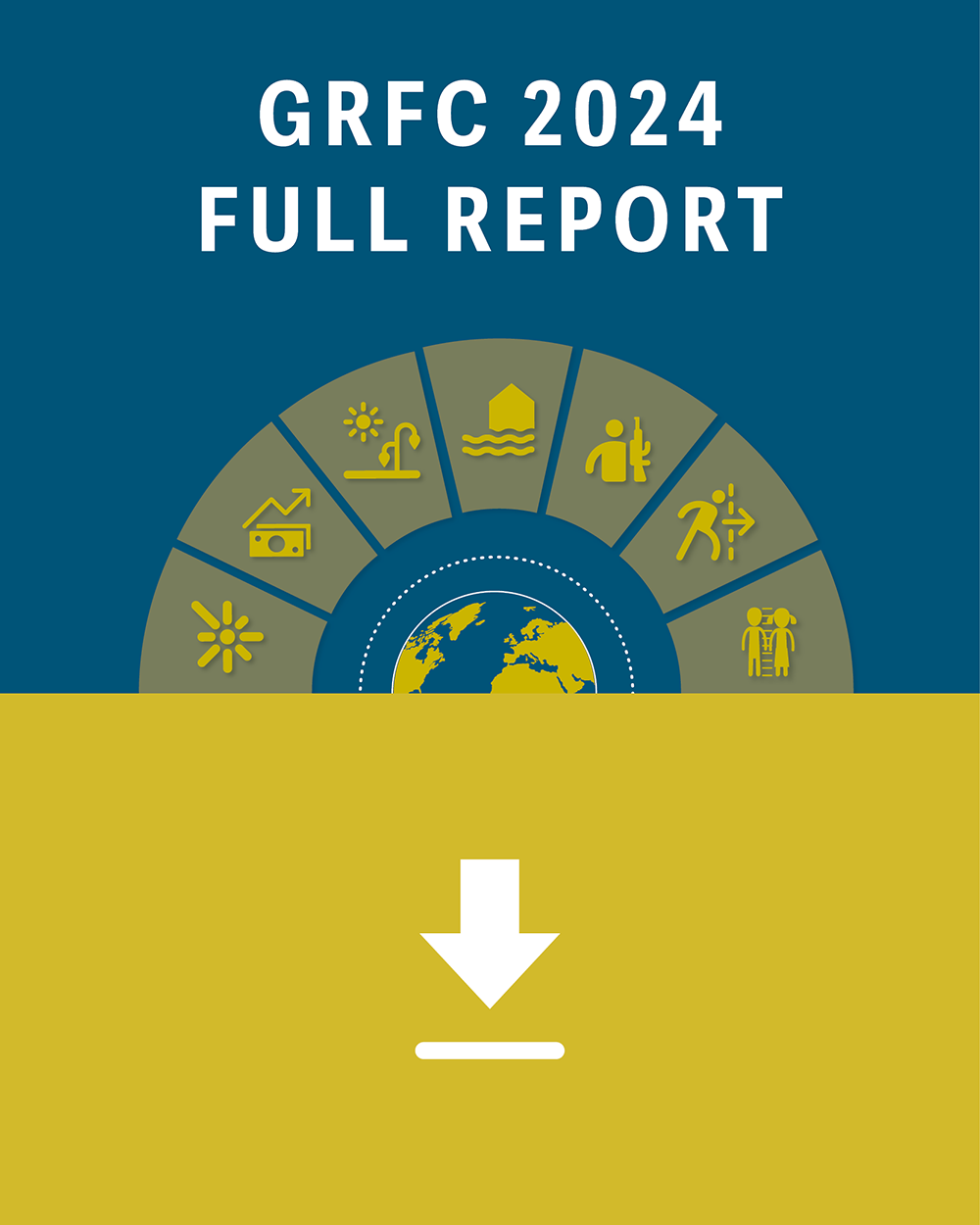Resource type
Preview image

File
Date
Order
0
Language
Country
Publication year
Publication type